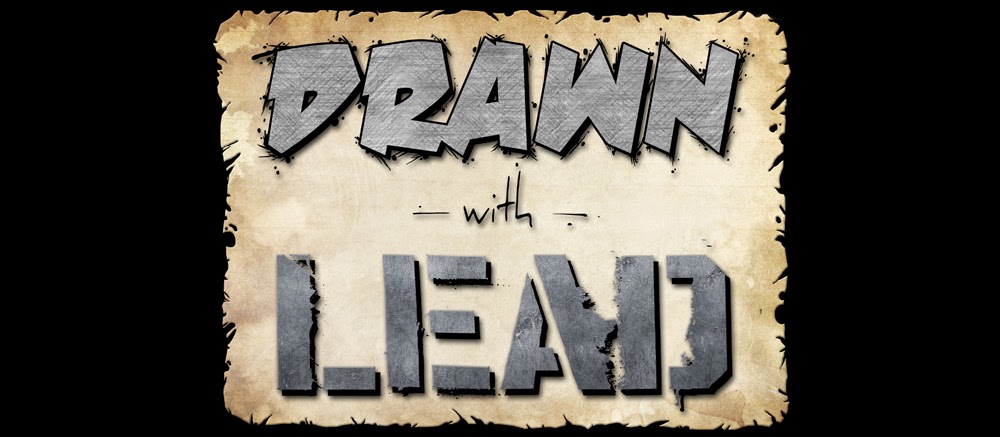This Block I went in a more gritty (realistic) approach to the Twilight Princess Link shield. I used photos of wood, metals, and grime to edit together a PBR constructed material. You can see that just by using photo sourced texture, it really makes the iconic shield look far more realistic and medieval than what we are used to seeing in most Zelda games.
Here is the ArtStation post:
Last Block I did a much more stylized "N64" style version of Link's shield. Lower poly count and very simple construction works nicely when coupled with hand painted textures that are deliberately trying to make the asset feel like it's from a "cartoony" world. The asset pictured only uses a simple diffuse map which tends to work very well when going with this simple art direction. Just as cool and as much fun to create as the realistic shield pictured above.
If ;you enjoy texturing and are trying to branch into different art styles, try picking a simple game asset from one of your favorite game series and do something with it you haven't seen before. Fun exorcise and really flexes those texture painting muscles.




